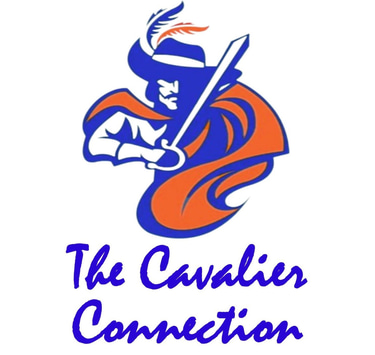Is UVA’s Non-Conference Football Schedule Built to Win — or Just Compete?
As Virginia football continues to rebuild under Tony Elliott, every detail of the program matters — and the non-conference schedule is no exception. These early-season games shape momentum, influence bowl eligibility, and set the tone for the entire year. So how do UVA’s upcoming non-conference slates for 2025 and 2026 look? And more importantly, are they designed to help the Cavaliers win?
Jay Ballard
7/22/20252 min read
In 2025, Virginia opens the season at home against Coastal Carolina, then hits the road to face NC State — an ACC opponent that’s being played as a non-conference game due to the league’s new scheduling model. William & Mary visits Charlottesville the following week, and in mid-October, Washington State comes to town for a rare non-conference matchup during the heart of ACC play. It’s a schedule that includes two Power 5-level opponents (NC State and Wazzu), one tricky Group of Five program (Coastal), and one FCS team (W&M). It’s balanced — but certainly not easy.
The 2026 schedule softens a bit, at least on paper. Norfolk State and Delaware both visit Scott Stadium, giving the Hoos two winnable FCS matchups. But once again, NC State appears on the non-conference slate — this time in Charlottesville — and Virginia also faces West Virginia in a neutral-site showdown in Charlotte. While 2026 might look more forgiving overall, it still presents two serious tests that could swing the season one way or the other.
Now, no one is suggesting Virginia should take the Indiana route. The Hoosiers recently drew national criticism for canceling multiple home-and-home series against Power 4 opponents — including a series against UVA — in favor of scheduling programs like Kennesaw State. That approach was widely panned as ducking competition and prioritizing wins at the cost of credibility.
But there’s a big difference between ducking competition and being realistic about where your program stands.
Right now, UVA needs to prioritize winning. Not to impress the selection committee, but to build a foundation. Wins lead to bowl games, and bowl games lead to extra practice time, player development, and program momentum. Recruits and transfers want to join winning teams. Donors want to support winners. Fans show up when teams compete for something meaningful in November. And the athletic department benefits financially from consistent postseason appearances.
That’s why many Power 5 programs outside the top tier follow what’s known as the “3+1” scheduling model: one manageable Power 5 opponent, one Group of Five team, and one or two FCS or lower-tier opponents. That formula gives a rebuilding team a real chance to go 3–1 in non-conference play — and makes bowl eligibility a much more realistic goal.
Virginia’s current model doesn’t quite follow that path. Facing NC State twice in non-conference play over the next two years is unusual and more challenging than necessary. Throw in Washington State in 2025 and West Virginia in 2026, and UVA could easily end up with one or two non-conference losses before it even gets to the heart of the ACC schedule. That’s a tough road when you’re trying to stack wins and change the narrative around your program.
It’s not about hiding. It’s about helping your team grow. Right now, Virginia doesn’t need to prove its toughness by scheduling three Power 5 opponents in two years. What the Hoos need is a path back to stability — and that starts with realistic scheduling.
Because the truth is simple: Winning breeds winning and losing breeds losing.
Programs stuck in 3–9 or 4–8 ruts don’t turn things around with close losses and good vibes. They need victories — the kind that build confidence in the locker room, belief in the fan base, and hope for the future. That process often begins in September with non-conference games that give you a chance to build momentum instead of falling behind early.
No one’s asking UVA to become Indiana. But it’s time to start scheduling with winning in mind. Because winning changes everything — and smart scheduling is where it starts.
My ideal Hoos schedule:
One of Richmond, William and Mary, VMI, Hampton, or Norfolk State
Two of ODU, Liberty, JMU, ECU, Coastal Carolina or Marshall
One against a fellow Power 4 Conference school such as Maryland, Vanderbilt, Northwestern, or Michigan State
What’s your ideal Hoos schedule? Let’s hear it! Go Hoos!
